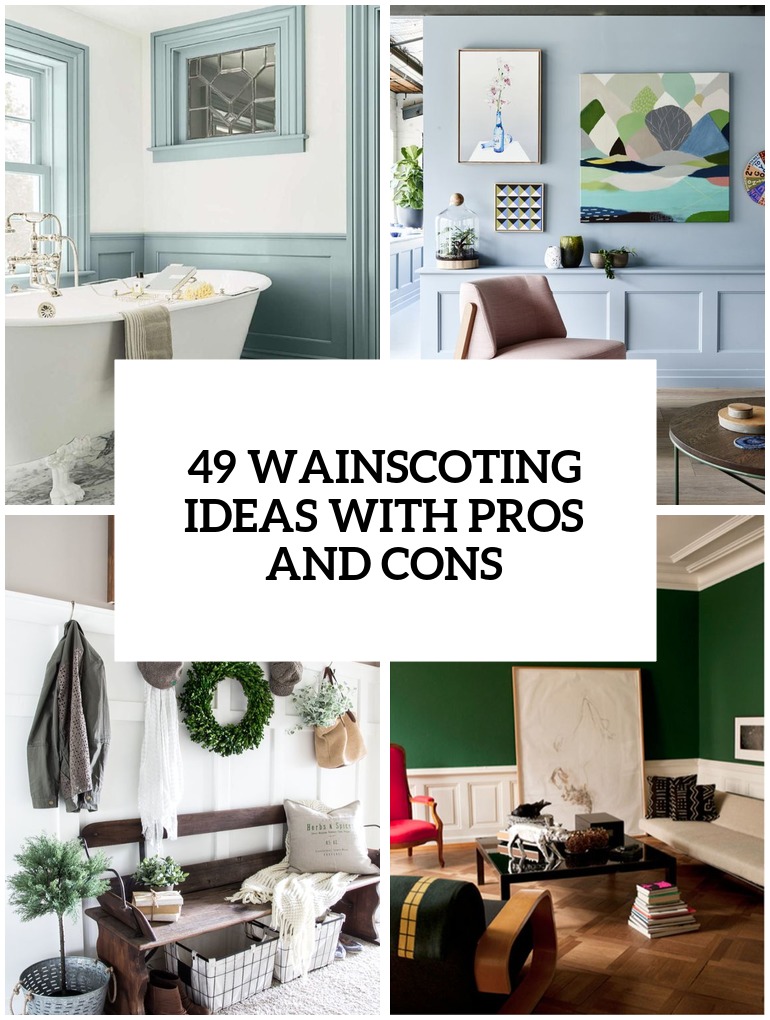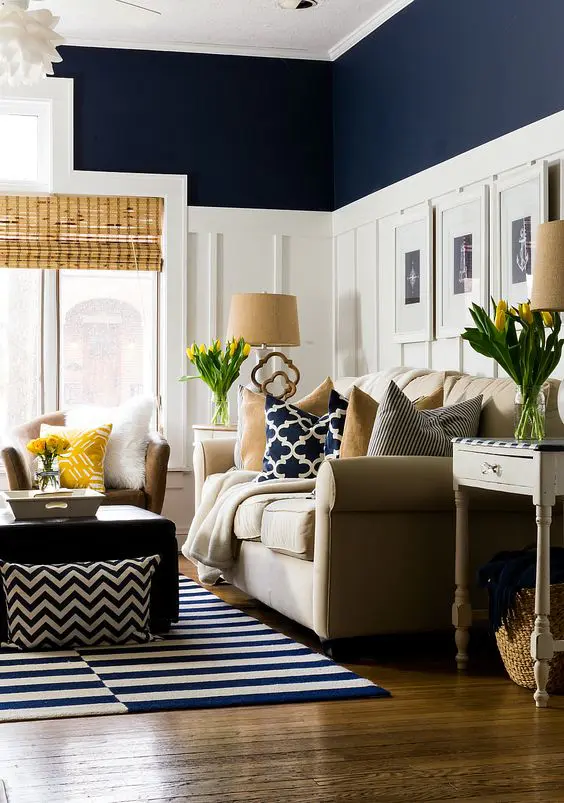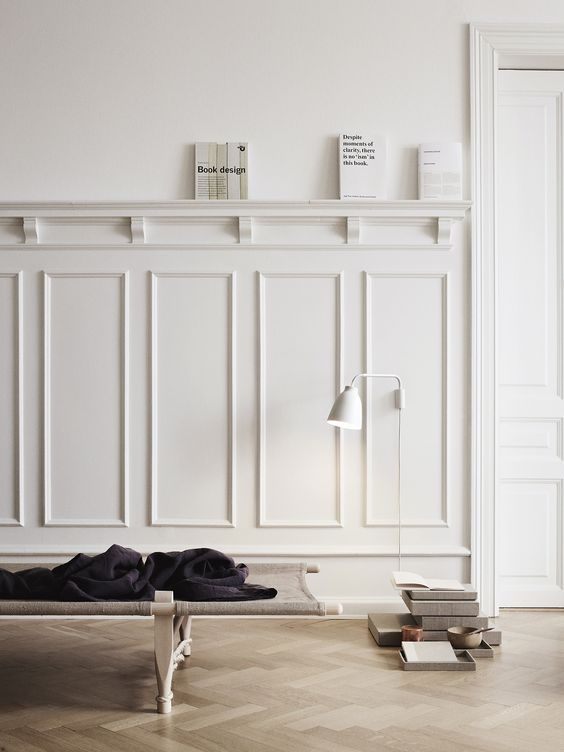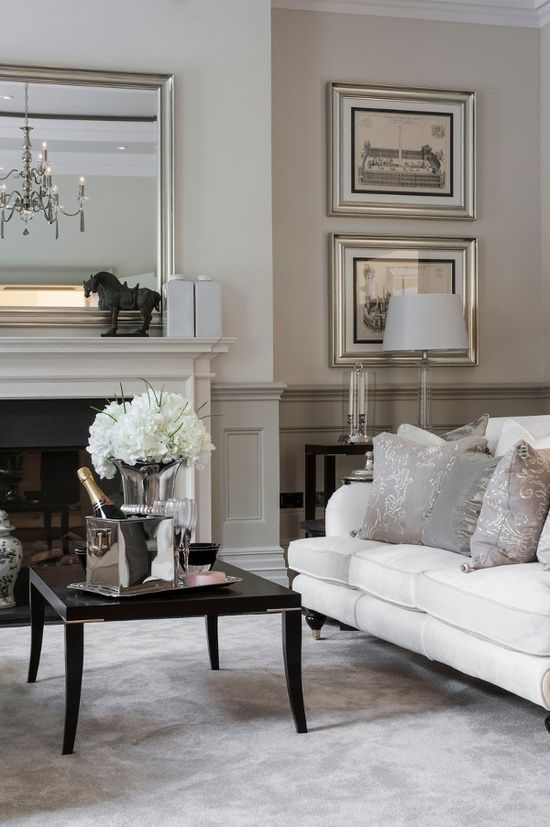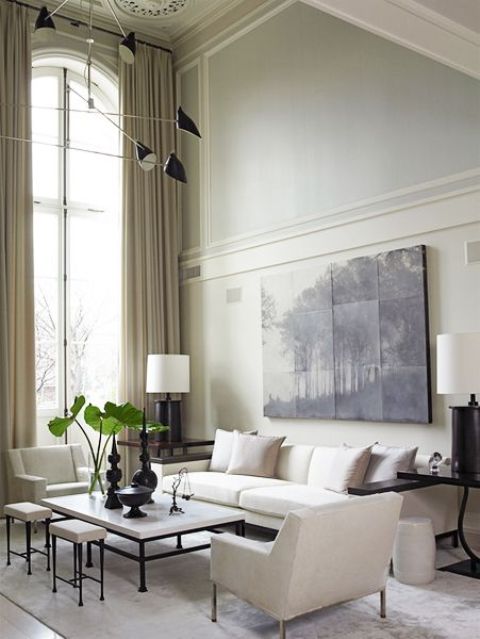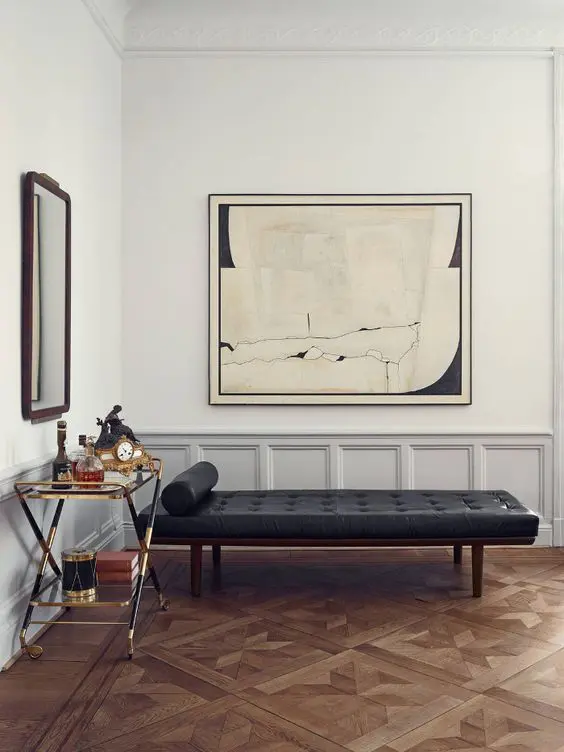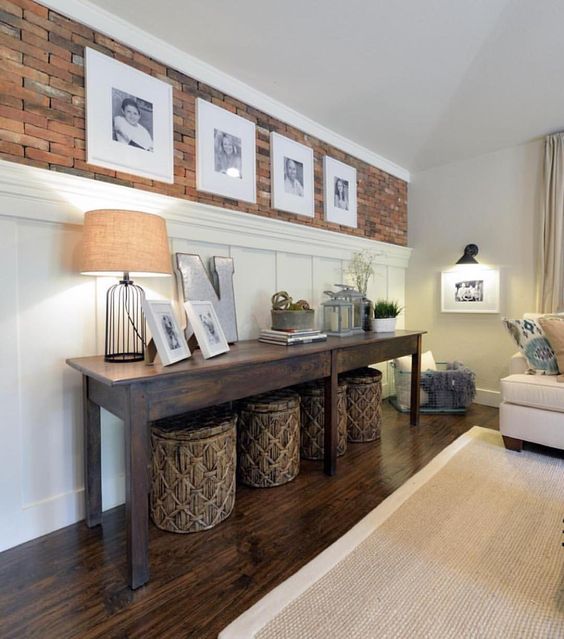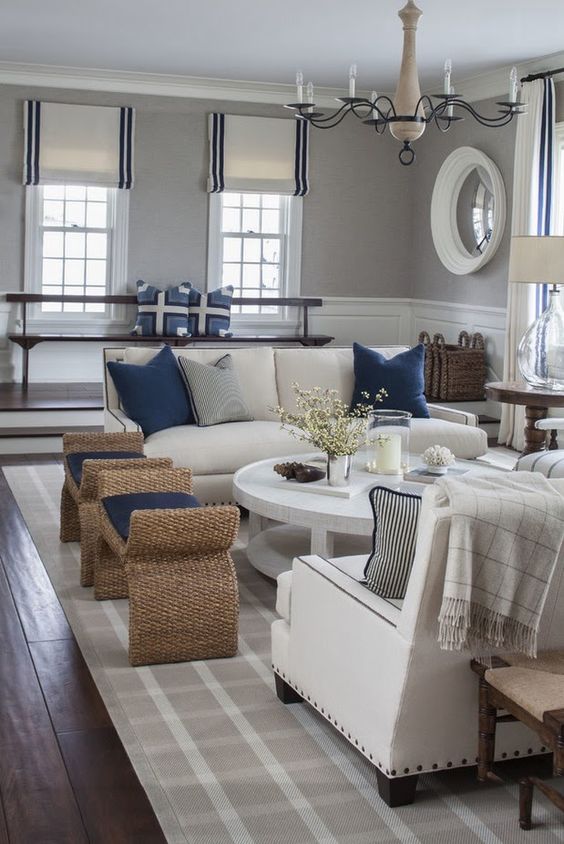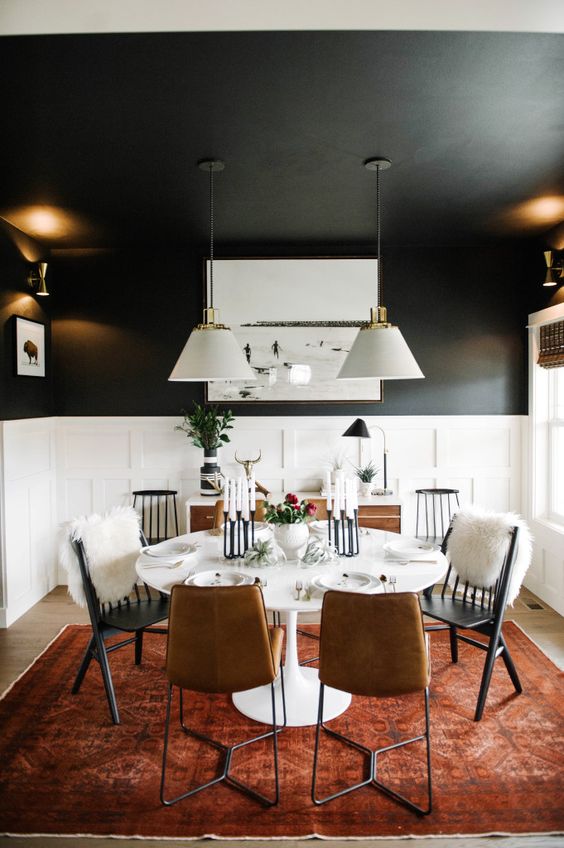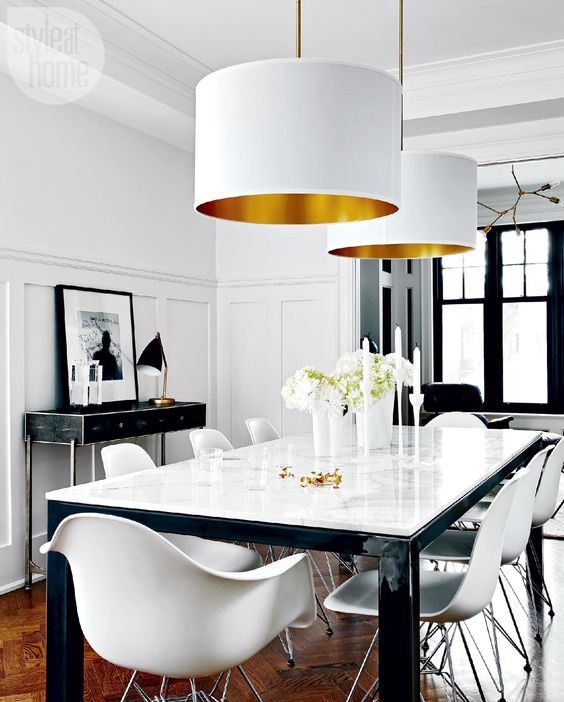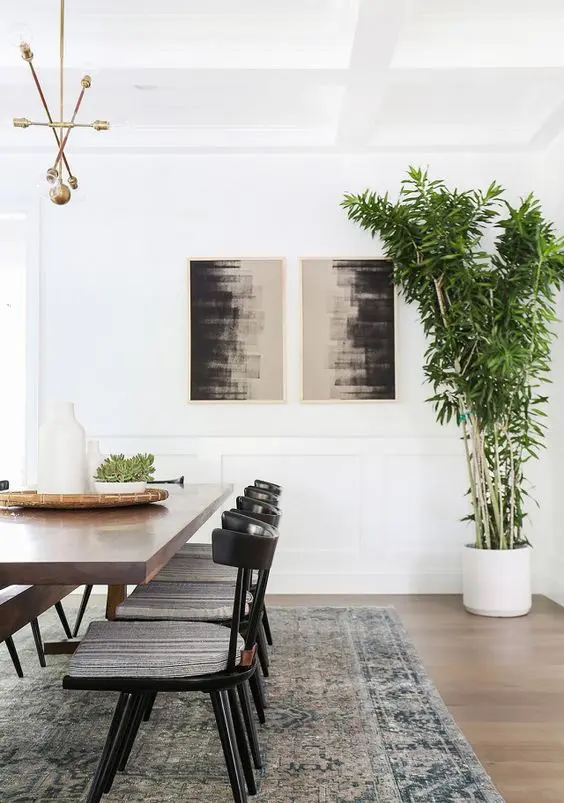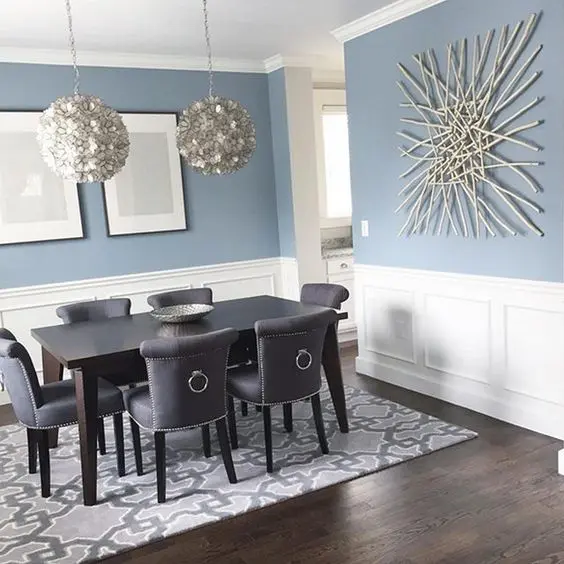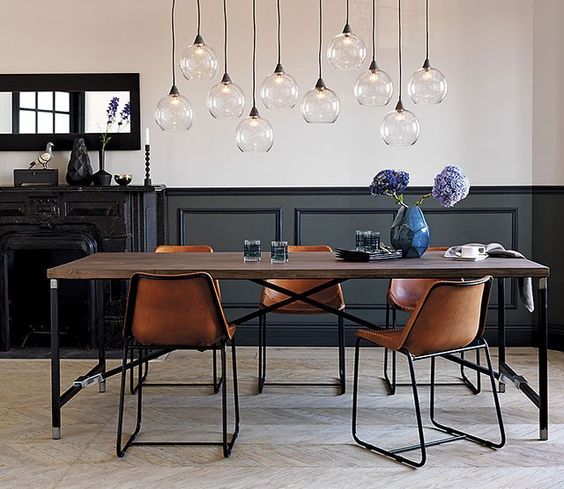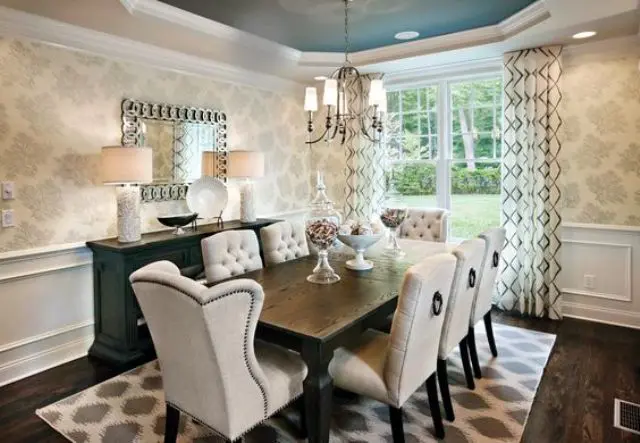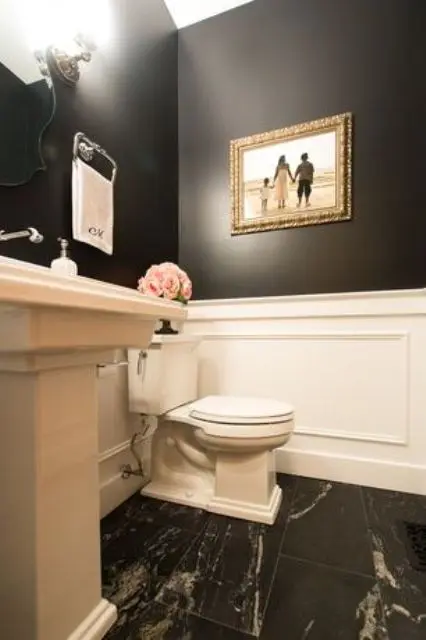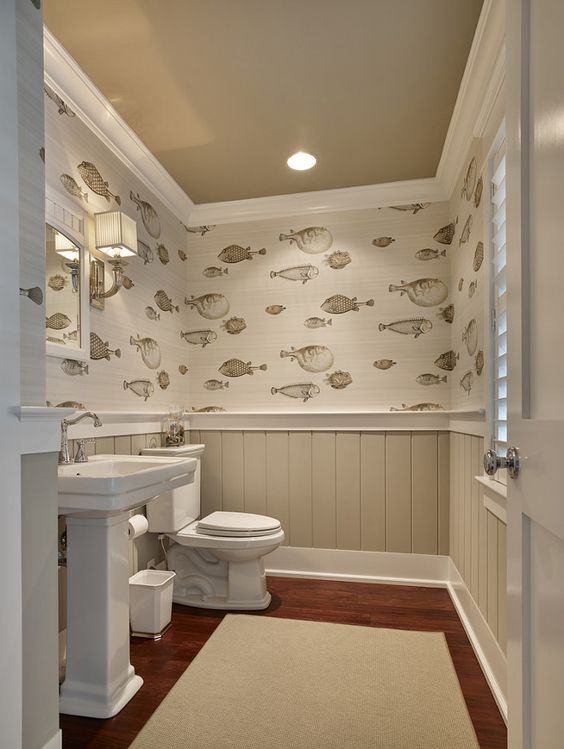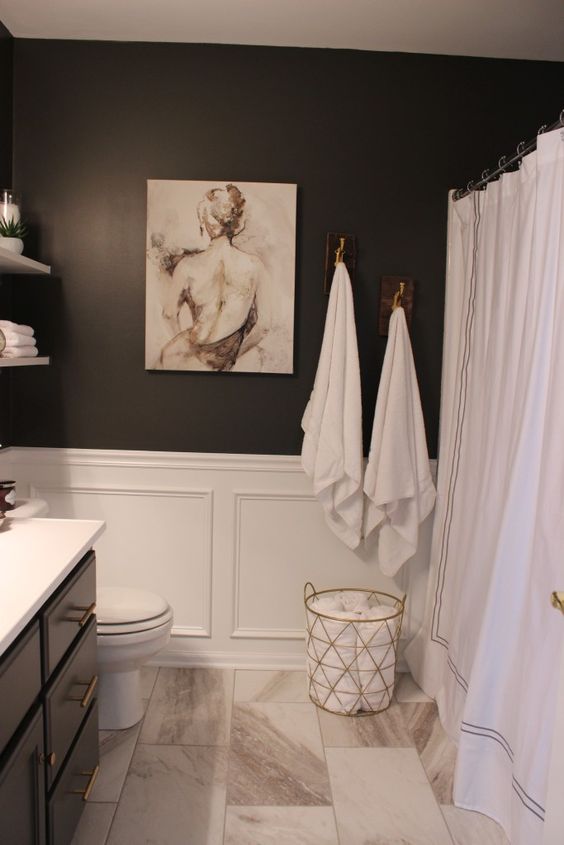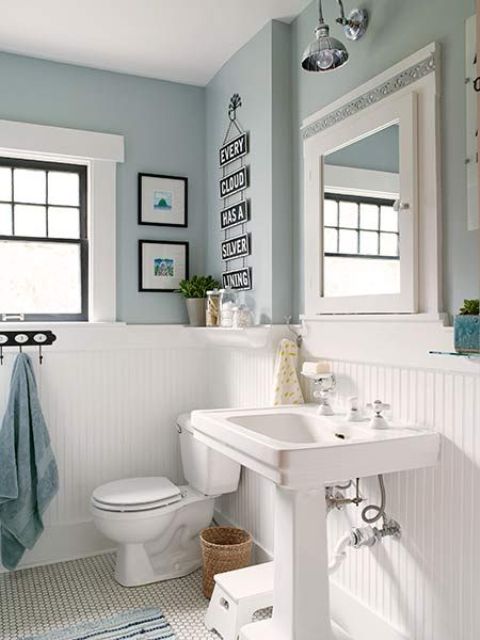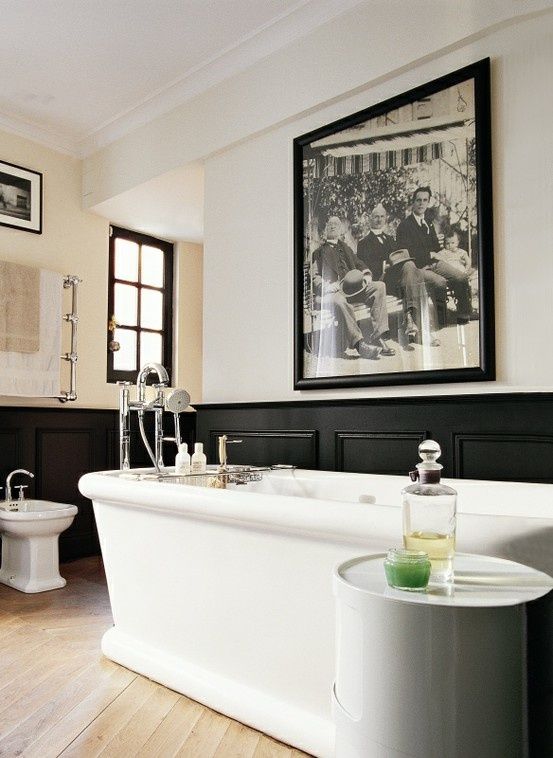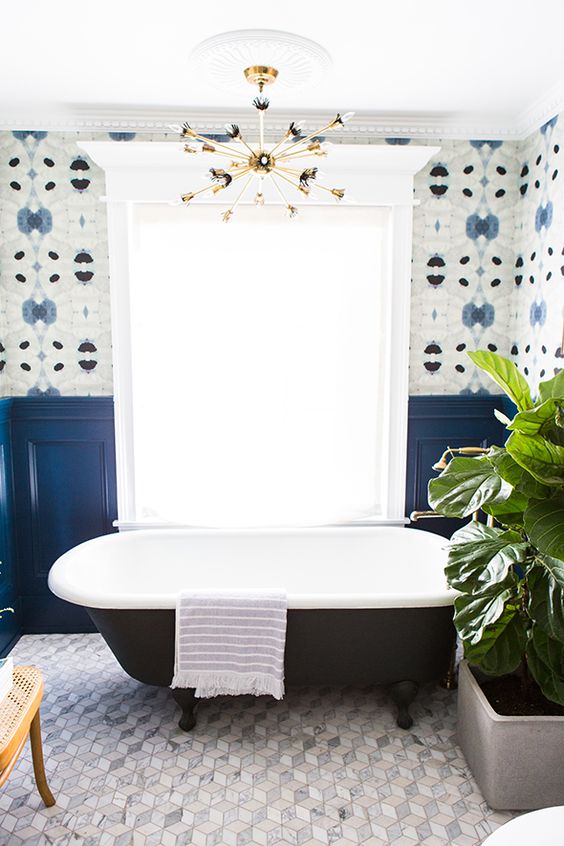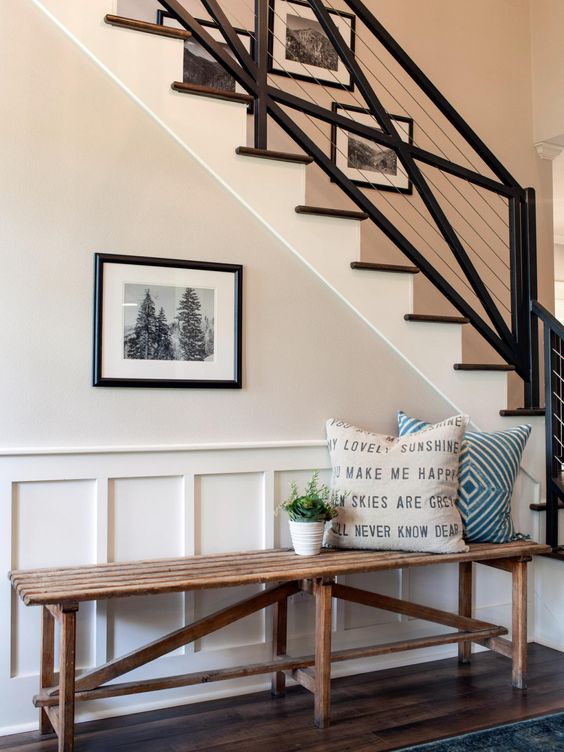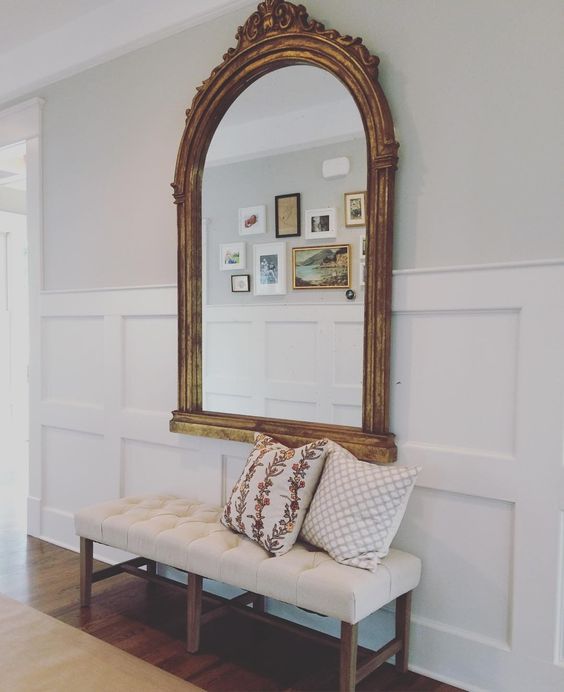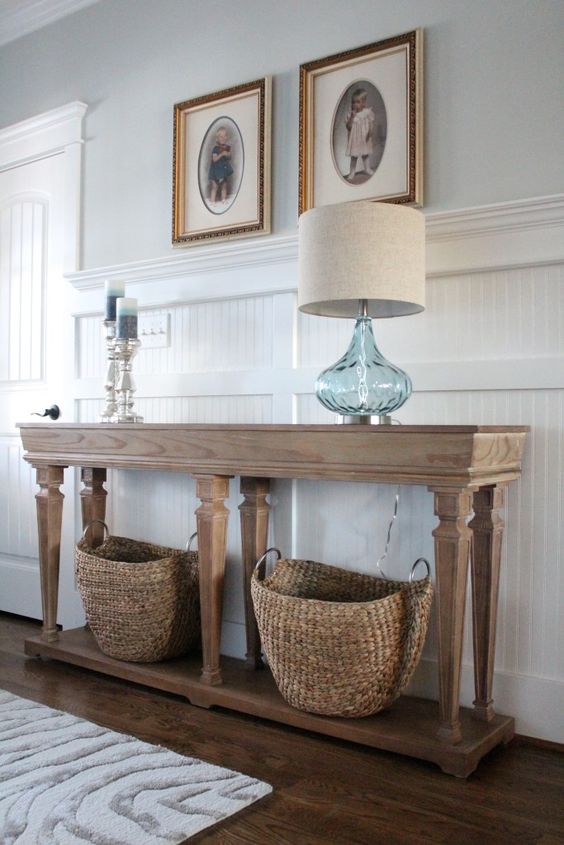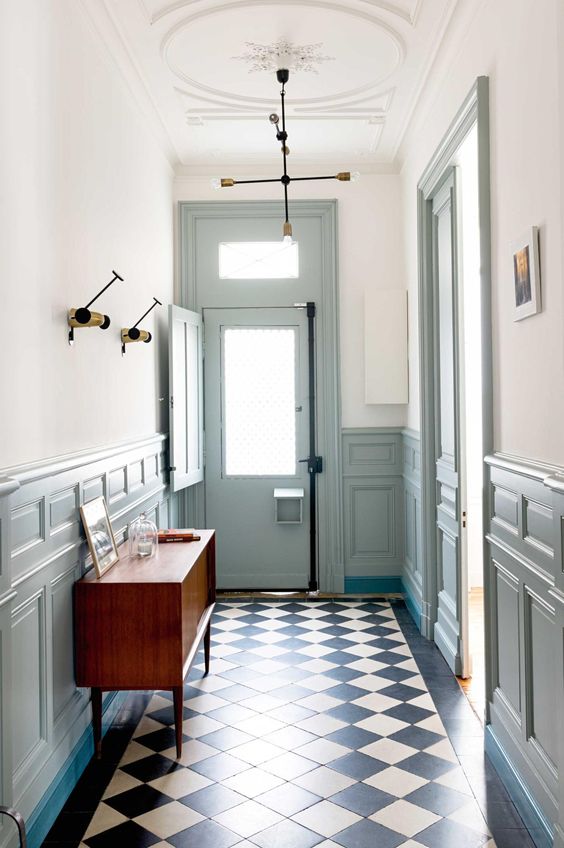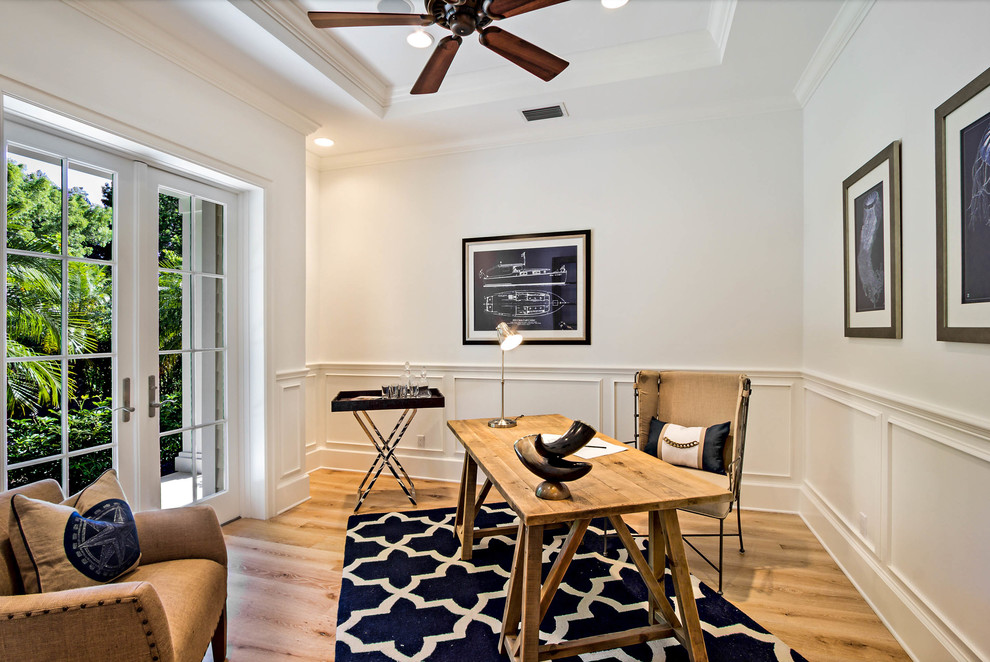What is Wainscoting
Wainscoting is installing wooden trim and panels in a pattern along the lower wall. It is topped off with a chair rail, which is a horizontal strip of molding that spans the circumference of a room. It was originally designed to prevent the backs of chairs from damaging the walls, but today it is used as a decorative tool, with routered edges and designs that functions as a border.
Kinds of Wainscoting
There are three main types of wainscoting. Firstly, there is beadboard, which is the most basic type and consists of simple wooden panels with vertically routered lines and a baseboard beneath the chair rail, providing an elegant country charm. The second type is shadow boxes, which use ogee molding to create a series of frames on the face of the wall, adding new dimension and depth to the room. The third type is panel molding in which rails and raised panels are used to create classic recessed boxes along the lower part of the wall.
Why To Use Wainscotting
Wainscoting can change the look of an entire room. It can add texture and dimension to it. Different materials offer various pros and cons. Some materials are paintable or stainable, so they can be modified to match the desired decor. Other options, however, are pre-finished, so they are installed and kept as-is. The climate is also an important consideration when choosing the paneling, as changes in temperature and humidity can cause the panels to expand or contract, affecting the installation and durability.
Wainscoting In Living Rooms
Use of wood wall panelling in interiors is associated with a rich elegance. Colonial and Georgian interiors are examples of the rich legacy of wood wall coverings. Actually, wainscoting can be applied to almost any type of interior including minimalist, everything depends here on the type of wainscoting you choose. Wood wall cladding combined with upholstery can make for a soft and warm ambience.
Remember that wood loses natural moisture in dry internal conditions. Hence, regular maintenance by application of special products to ensure that the moisture is resupplied and sealed is necessary.
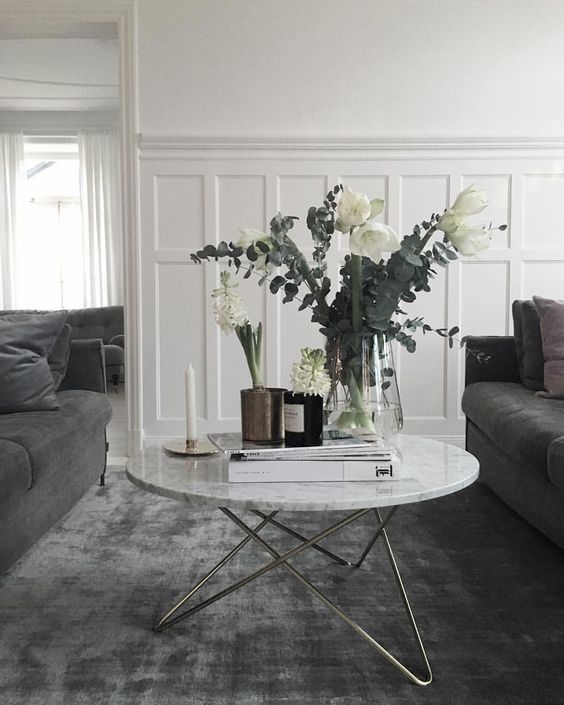
Modern grey living room with white wainscoting.
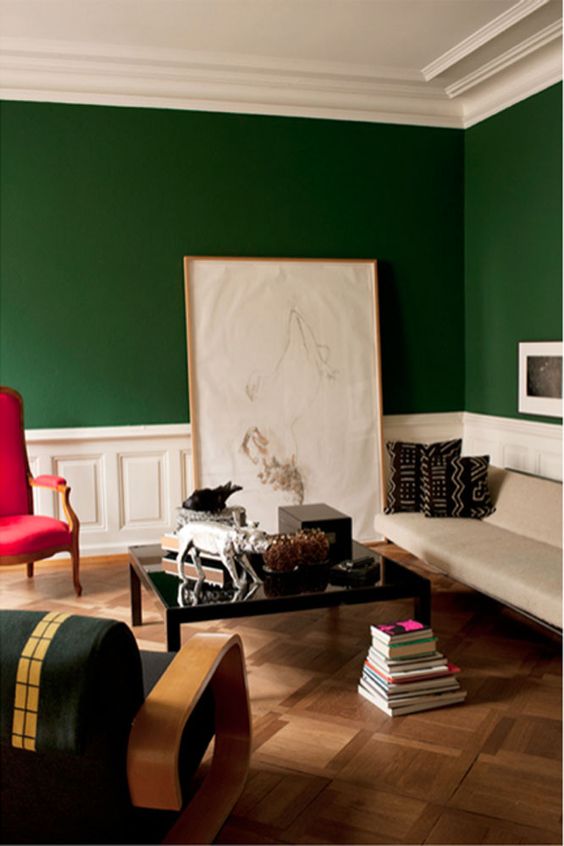
Super bold space with works of art and white wainscoting to highlight the bold green color of the walls and a red chair.
Wainscoting In Dining Rooms
Today wainscoting is the most popular feature for dining rooms and dining areas, it’s a cool way to give your dining room a texture, volume, color and in case your walls aren’t ideal, wainscoting will hide everything. Wood is a natural insulator and wood wall panels offer good thermal and acoustic insulation. The wooden panel can be sanded down and resealed to regain its appearance if its surface is damaged.
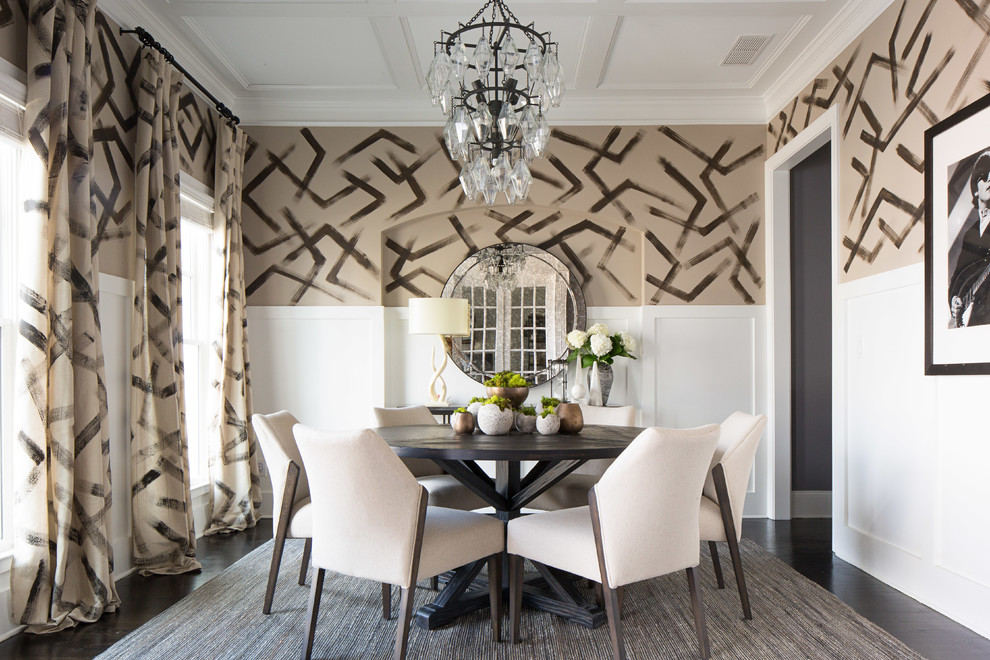
Simple white raised wood paneling to create contrast with a patterned wallpaper. (FORBES + MASTERS).
Wainscoting In Bathrooms
Wood wall panels are not waterproof. On contact with water, they start showing rot in the timber. Once rot sets in, the panel should be sanded down or totally replaced depending on the extent of damage. But don’t worry too much, today you can easily find finishes that help to avoid such problems, and you can also order wainscots not from wood but from some more water-resistant material.
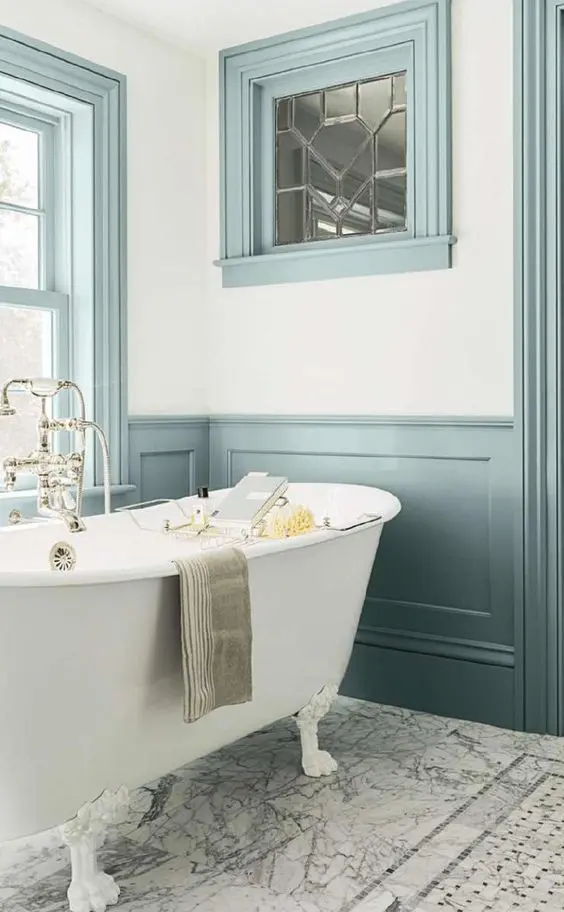
Turquoise wainscoting echoes with frames (Carpenter & MacNeille).
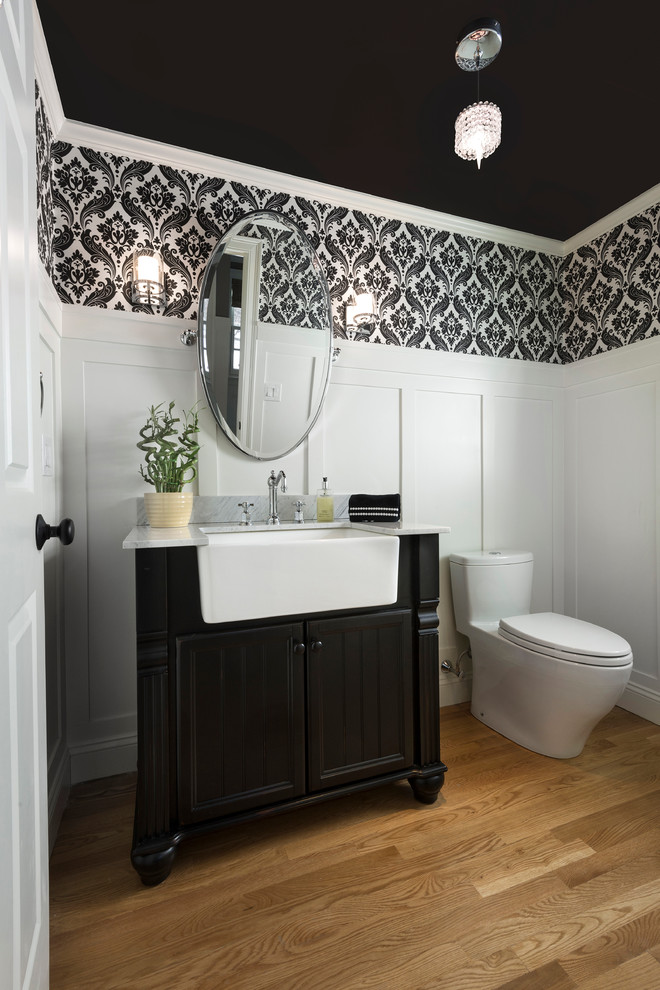
Tall white wainscoting creates strong contrast with a black ceiling in this traditional powder room.
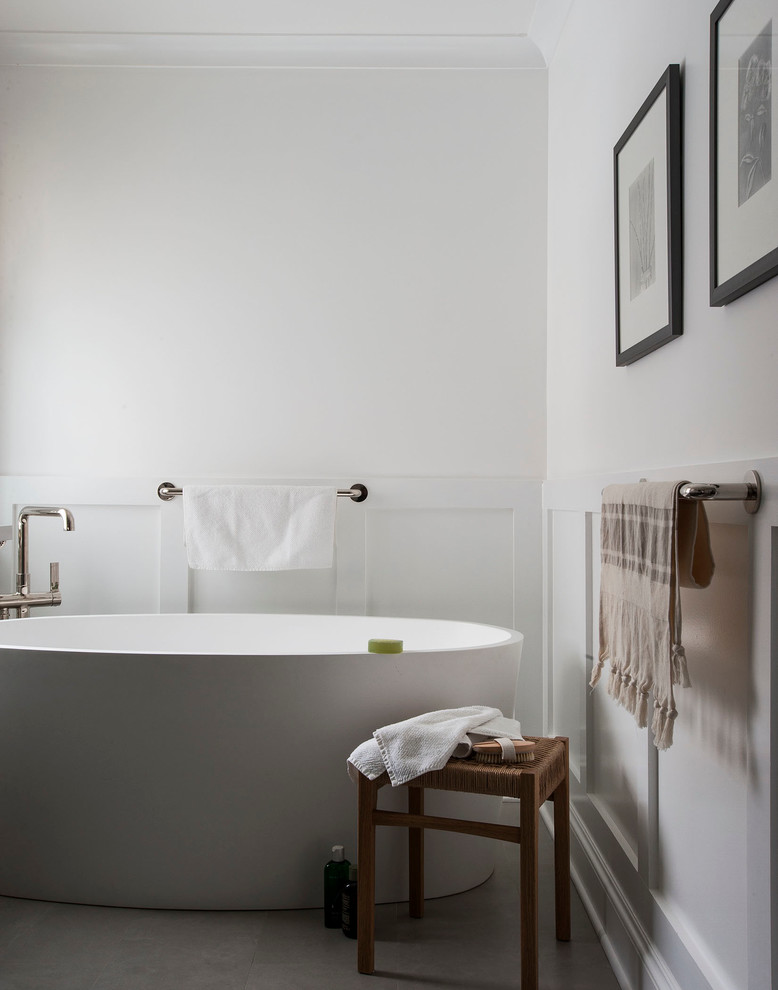
Water resistant wainscoting is a perfect addition to a modern plain white bathroom. (indi interiors).
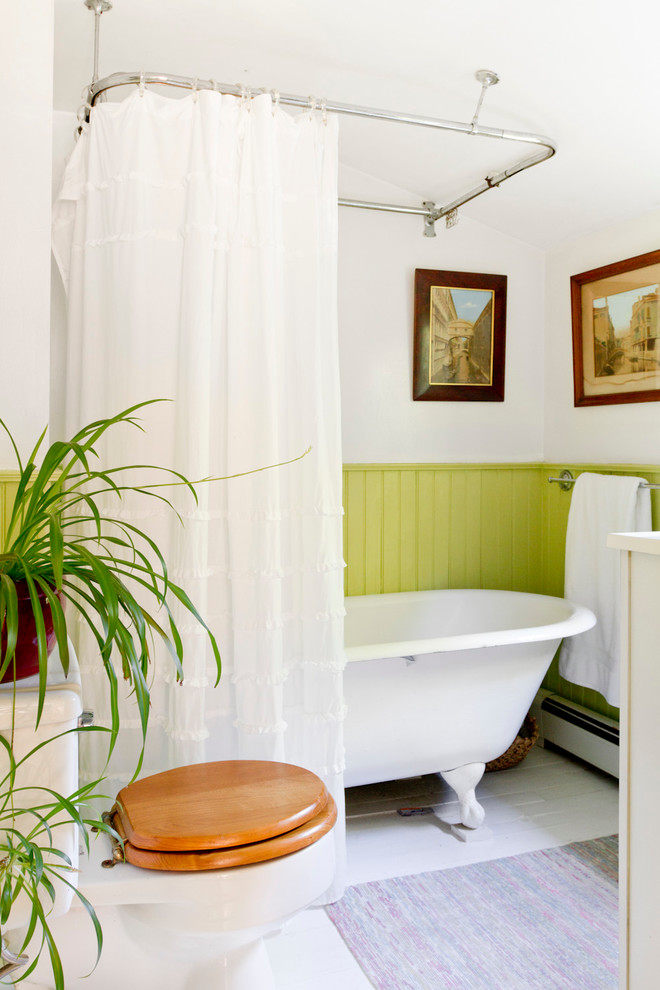
Green wainscoting creates contrast in this neutral-looking bathroom. (Rikki Snyder).
Wainscoting In Entryways And Hallways
Wood wall paneling provides a smooth clean surface, pleasant to view and touch, it can conceal flaws and unsightly features like cables and exposed wiring. Wainscot in your entryway will give it a more refined look, this way you can accentuate the pattern and the look of the walls, add some color and even add a shelf on top of the wainscot to make it more functional.

accent wall with white panels.

Lattice wainscoting makes this plain entryway much more interesting. (JAUREGUI Architecture Interiors Construction).
Wainscoting In Home Offices
Natural wood wainscoting is perfect for home offices. It will soundproof the room a little bit and make it cozy to work in. Although that doesn’t mean you can’t use other panels. They are still perfect to add interest to any wall.

Lattice wainscoting makes this plain entryway much more interesting. (JAUREGUI Architecture Interiors Construction).
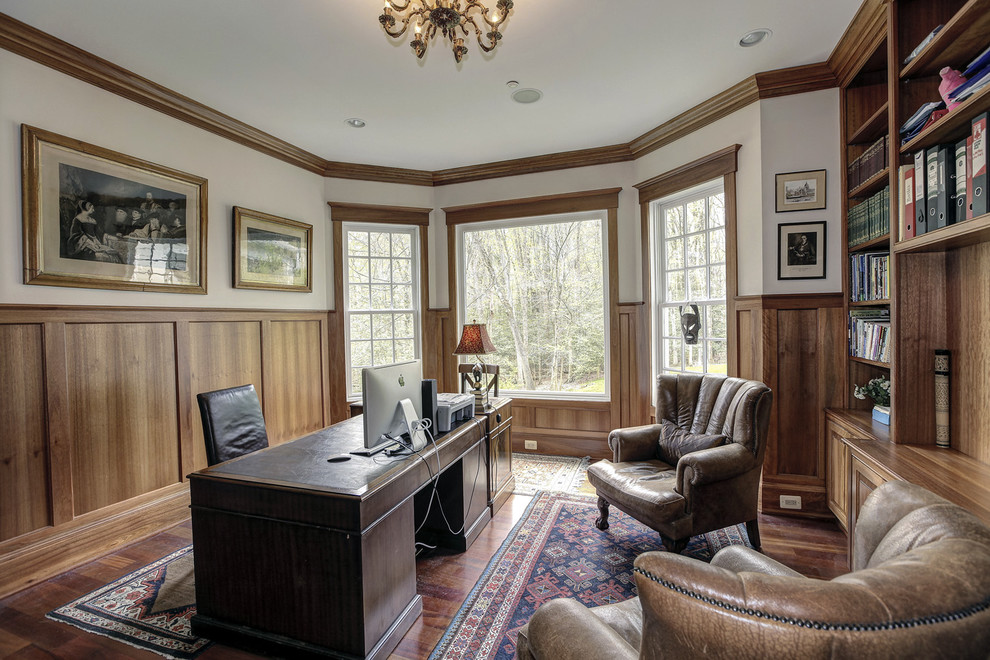
Wood wainscoting looks great combined with wood trimmings and furniture in this gorgeous home office.

Wood paneling in natural warm stain looks great on dark gray walls. (Jessica Helgerson Interior Design).
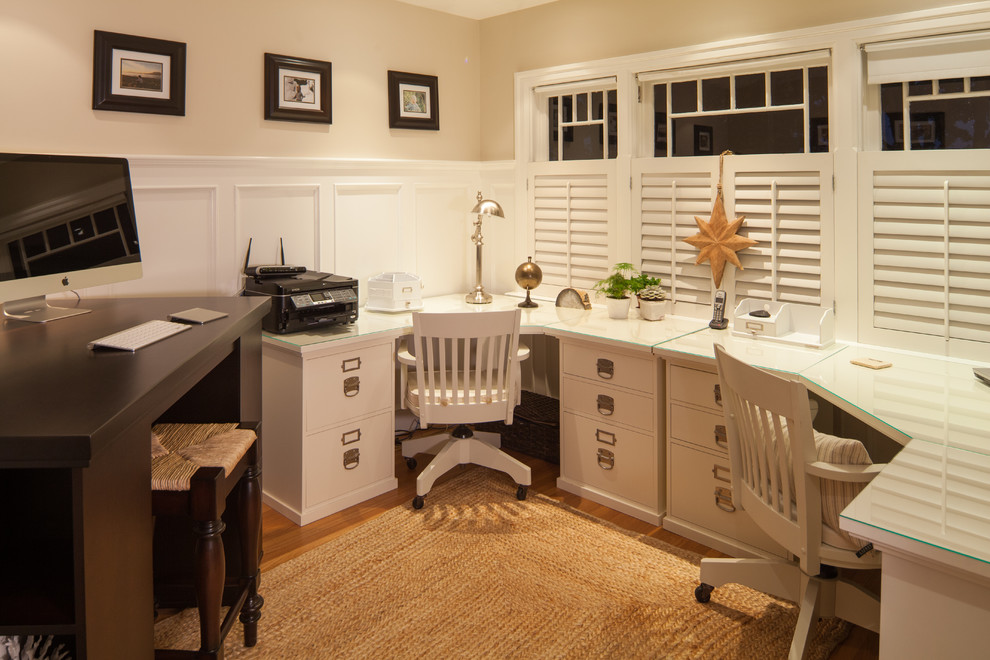
White wainscoting, window treatments and shutters create lots of dimension in this simple office space. (Reid Developments Ltd).
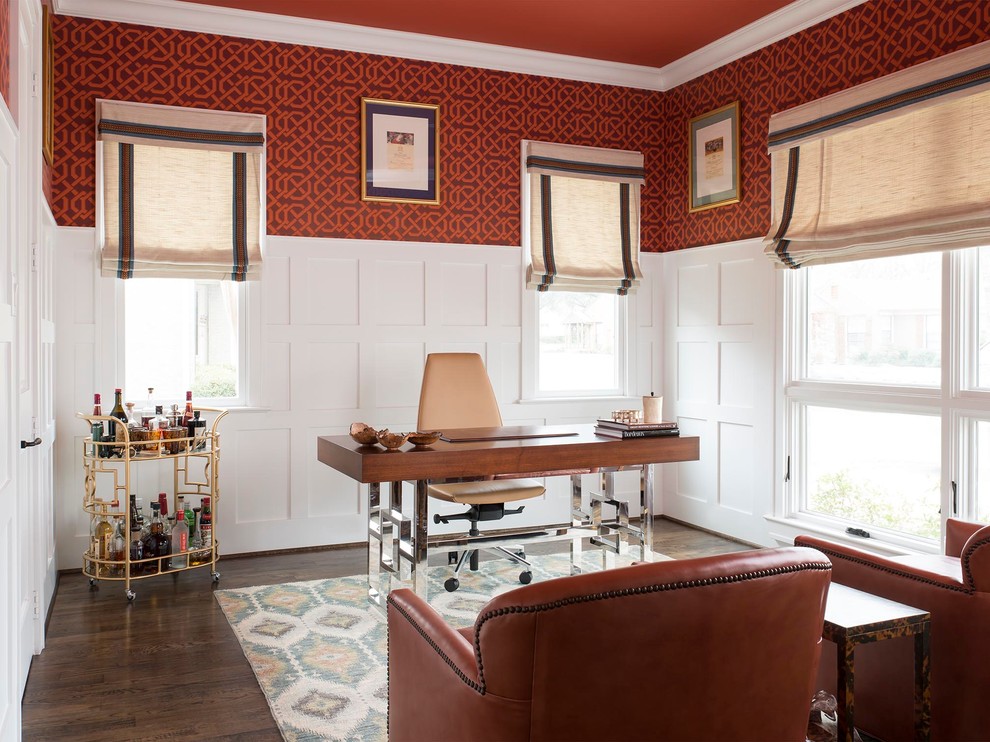
Plain white wainscoting works extremely well combined with a bold wallpaper. (Creekview Custom Homes).
Wainscoting In Bedrooms
There are so many things you could use wood wall panels in a bedroom for. For example, you can create a chic headboard wall or even cover the whole rooms with them. In a kids bedroom wainscoting protect walls from drawings because it’s much easier to clean then any wallpaper.
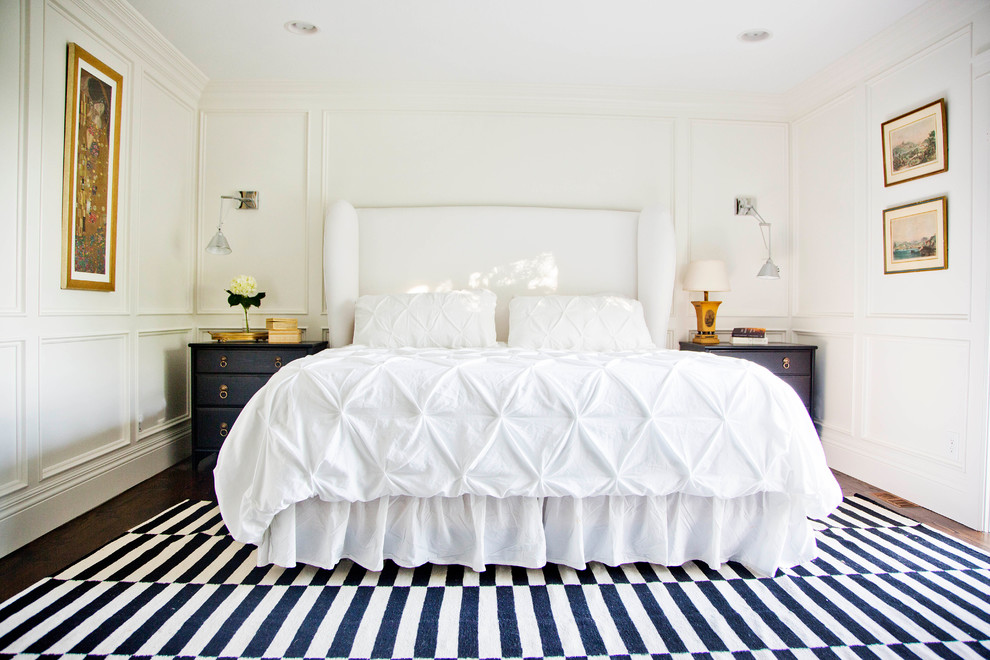
Even the whole room could be covered with wainscoting paneling. (White + Gold Design).

Dark grey wainscoting acts as a headboard in this contemporary bedroom. (Milward Teverini).
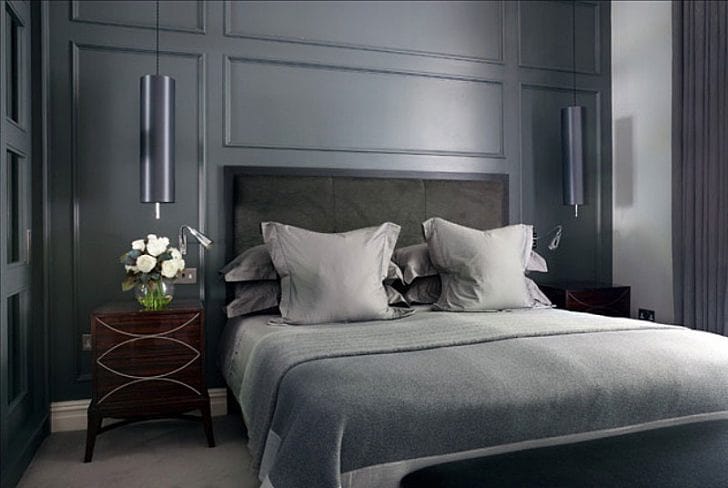
Floor to ceiling dark wainscoting makes this bedroom quite stylish and moody. (via @cantikwall.wainscoting).
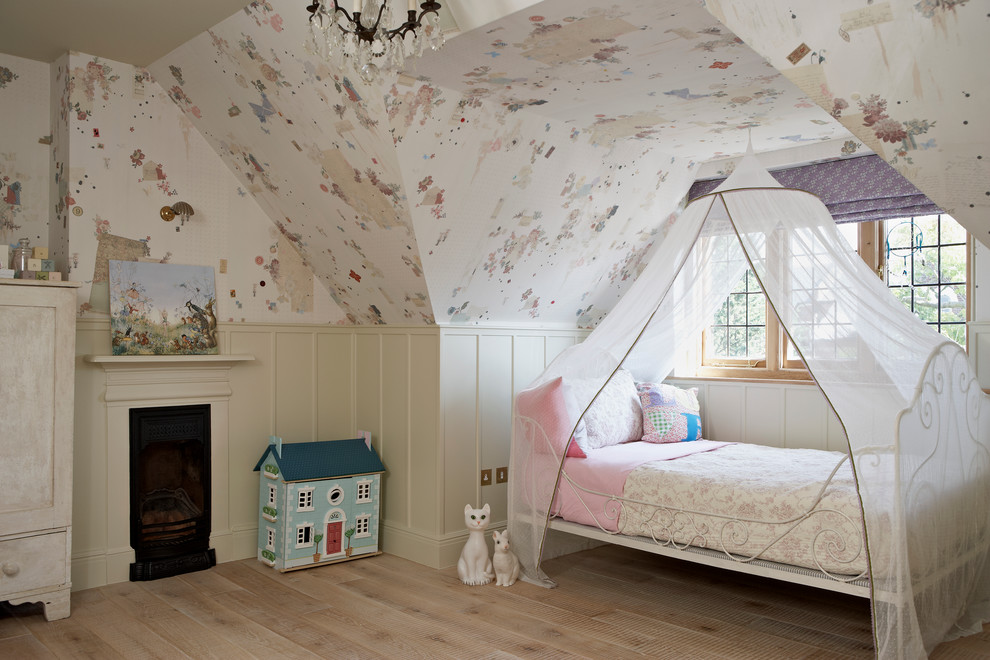
Beige wainscoting in this kids room could act as an easy to clean wallpaper protection. (Godrich Interiors).
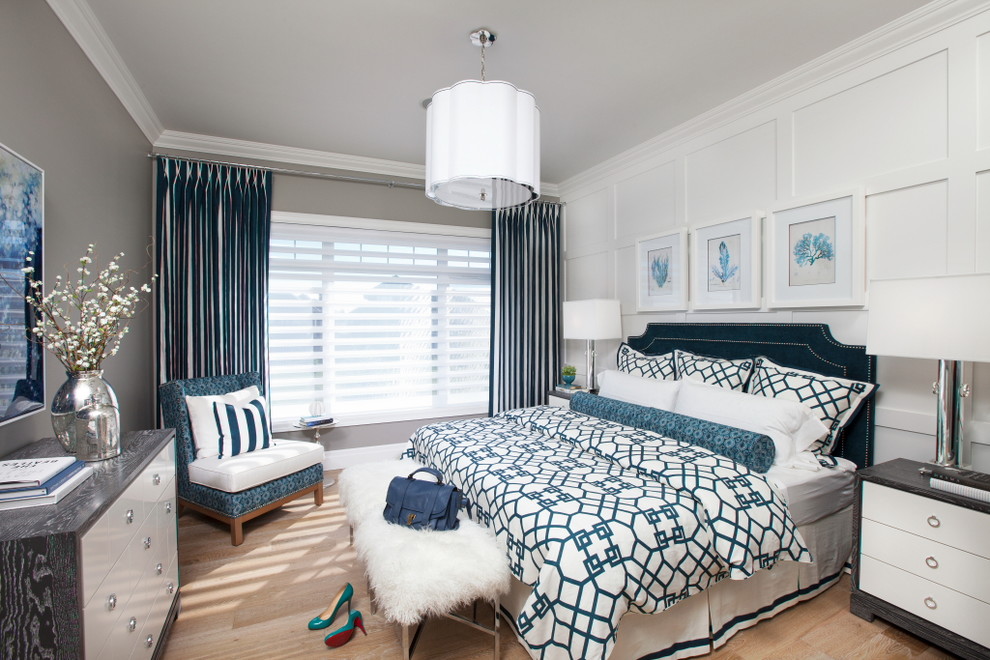
Floor to ceiling panels could be used to create a statement wall. (Atmosphere Interior Design Inc.).
